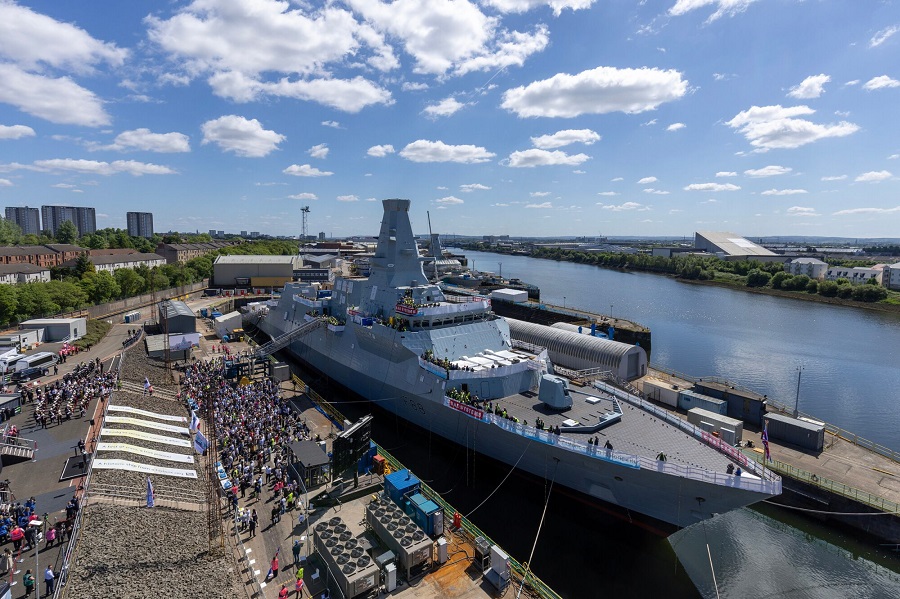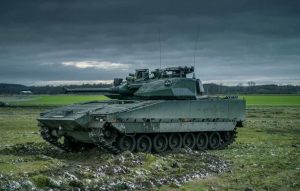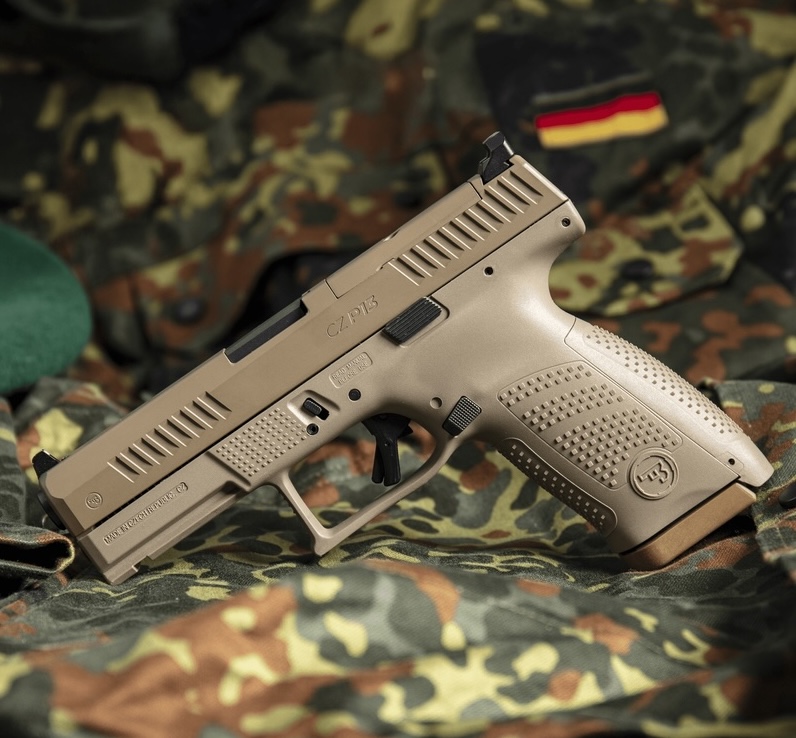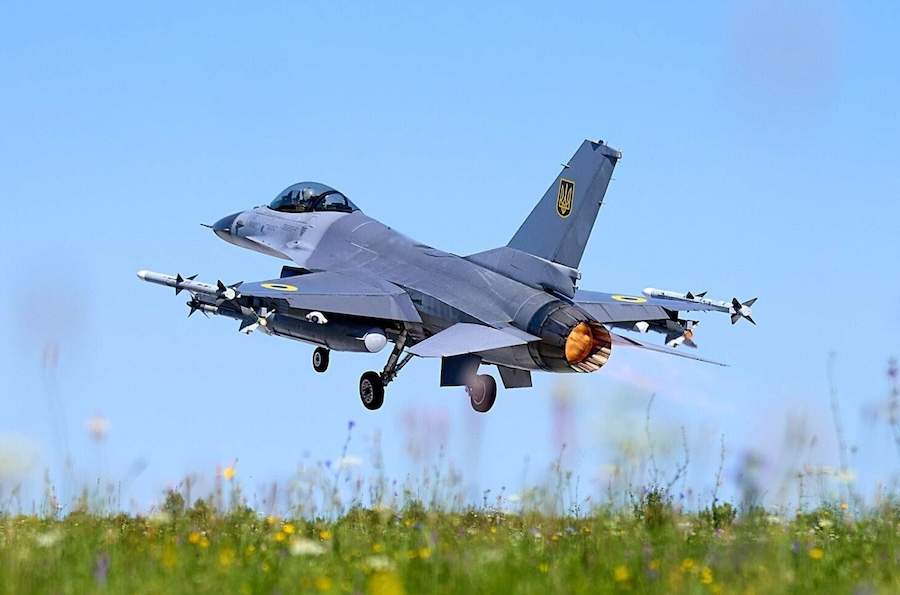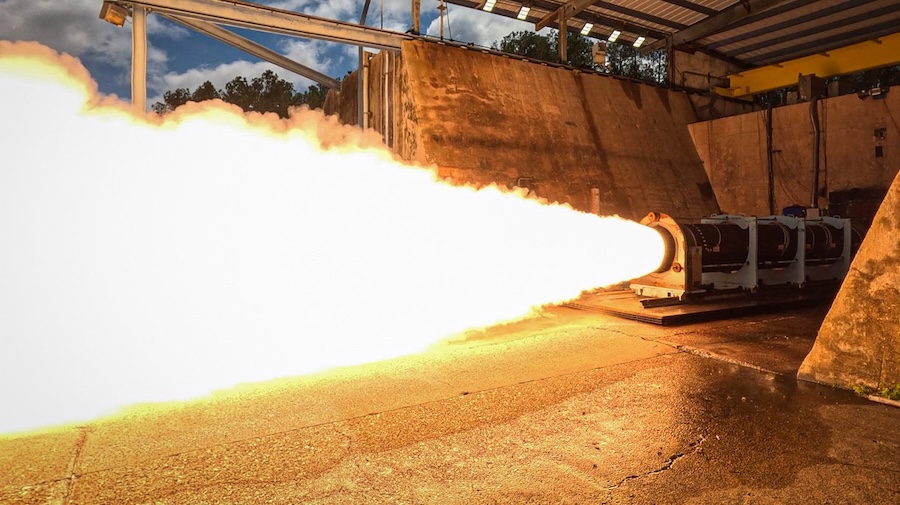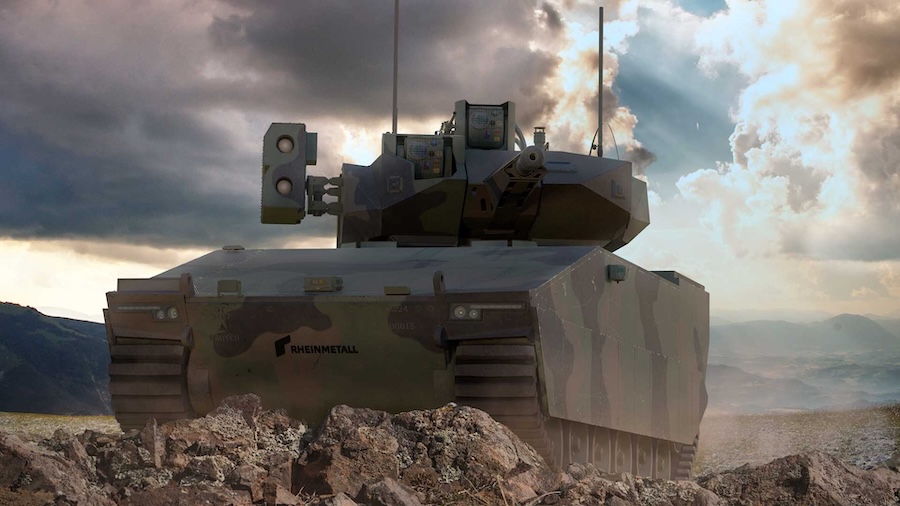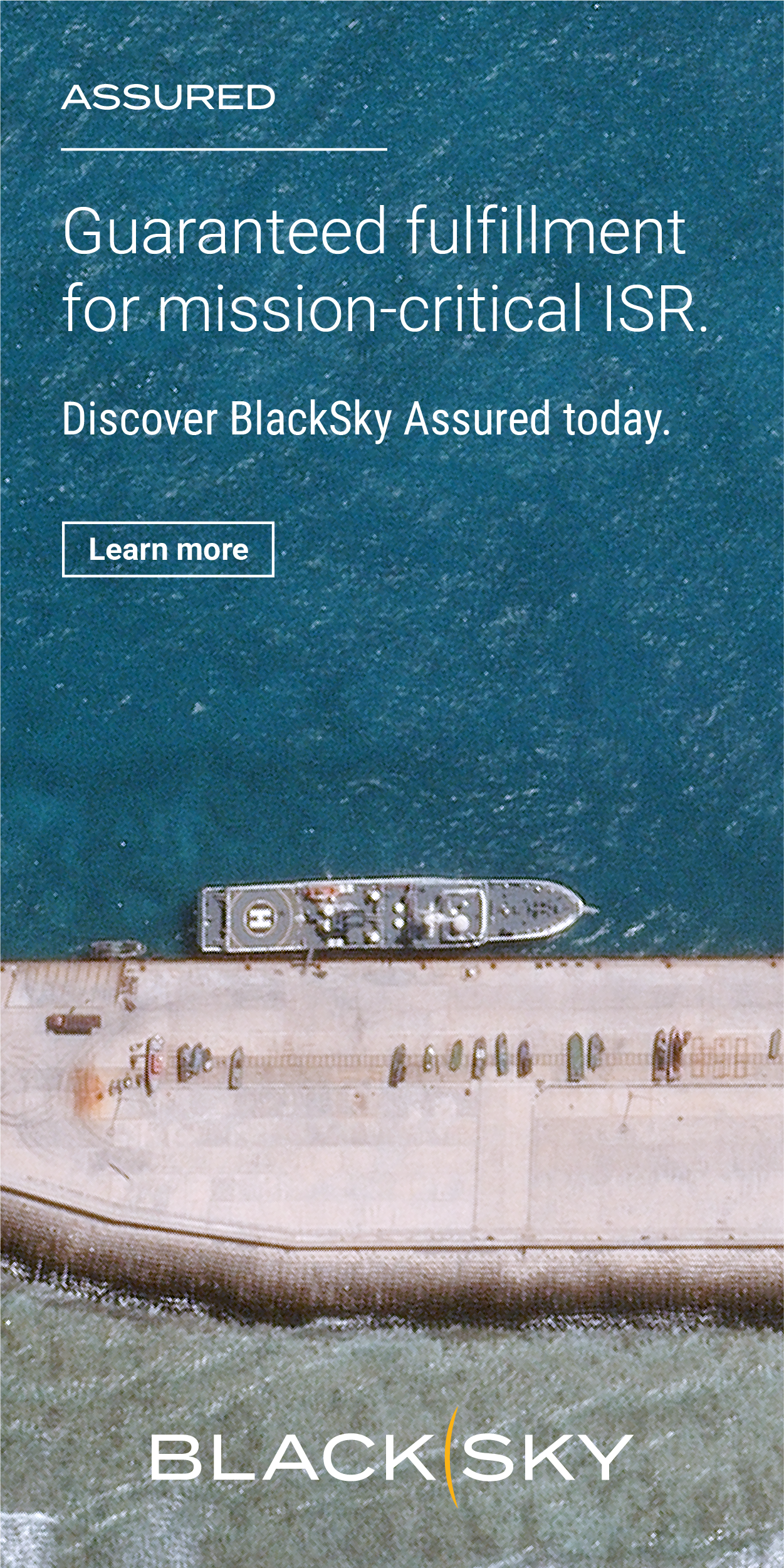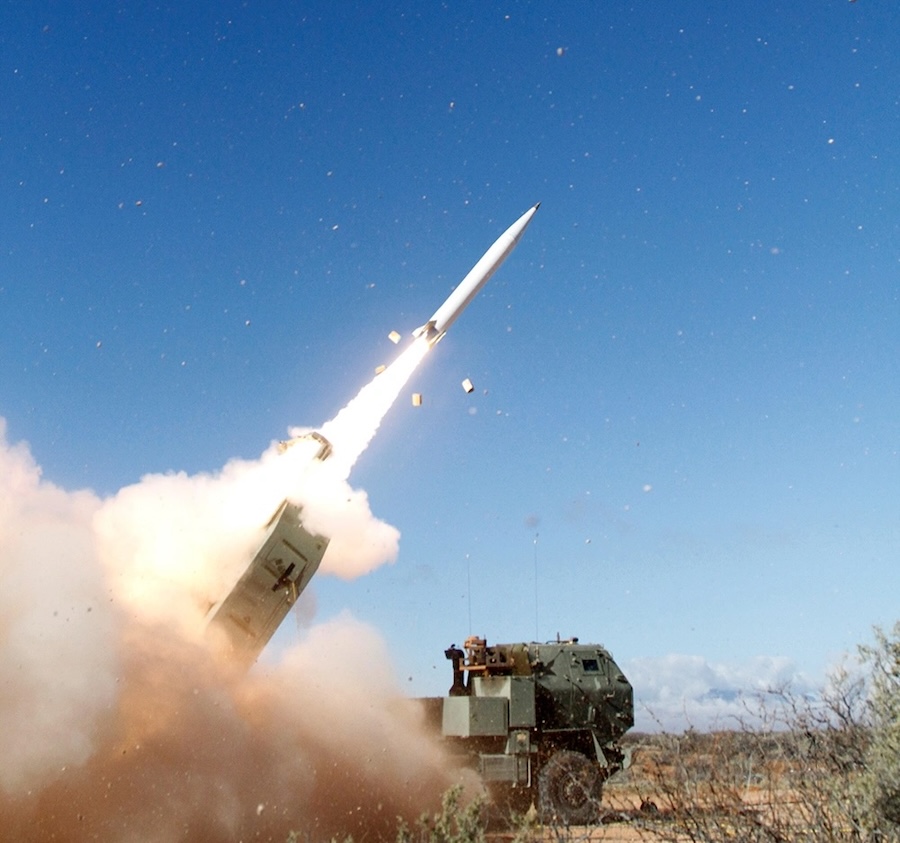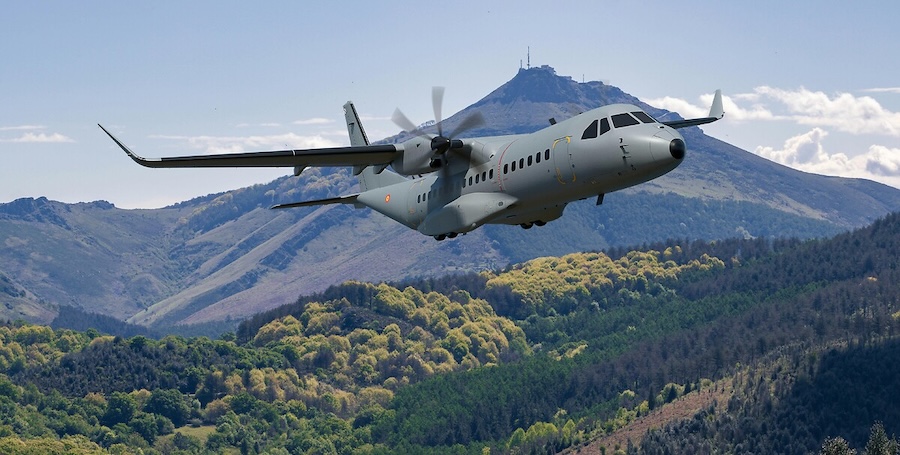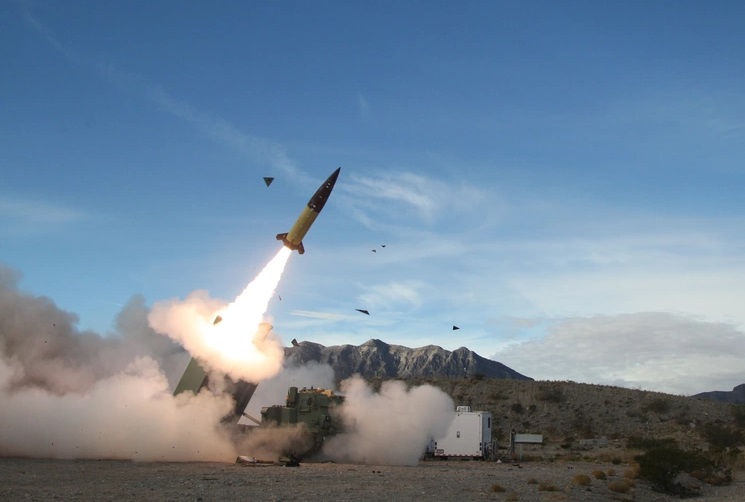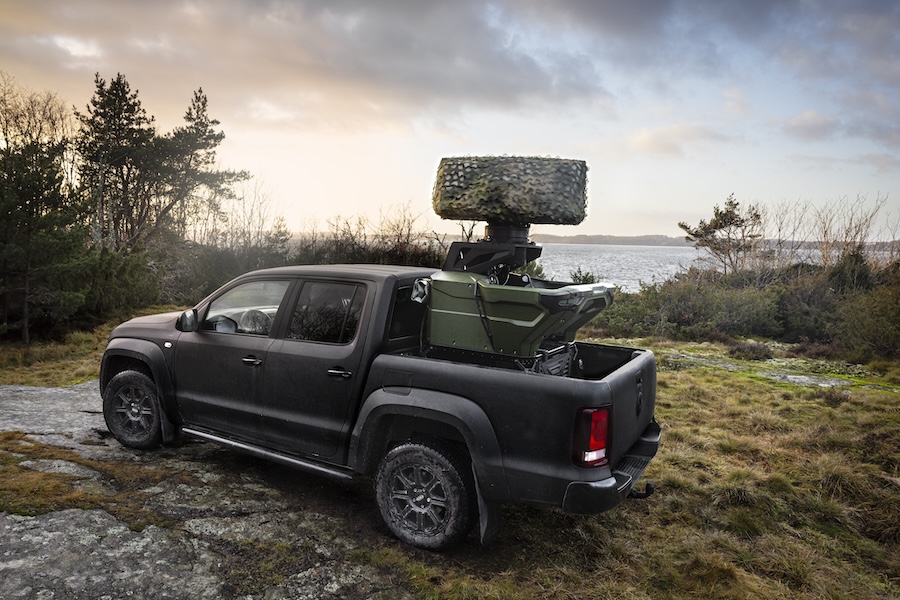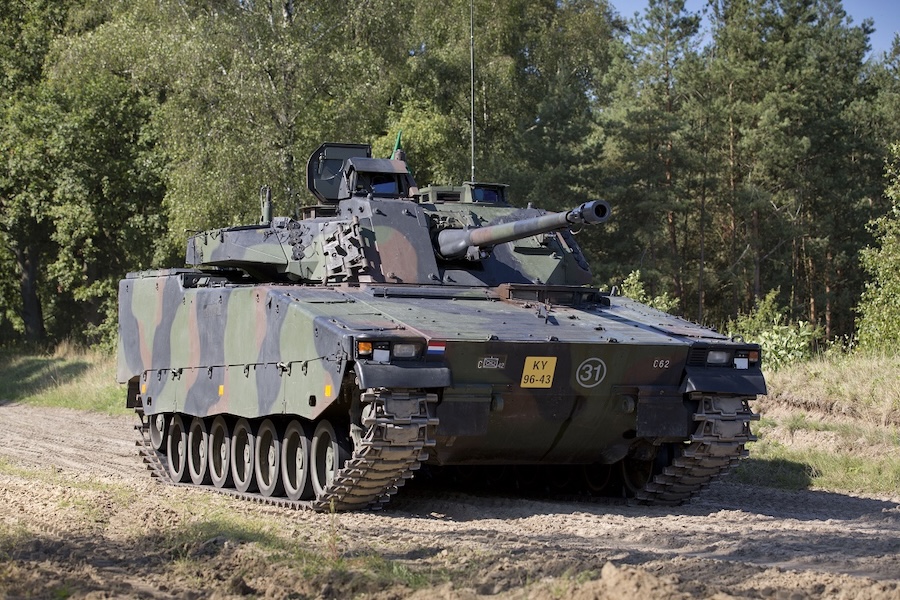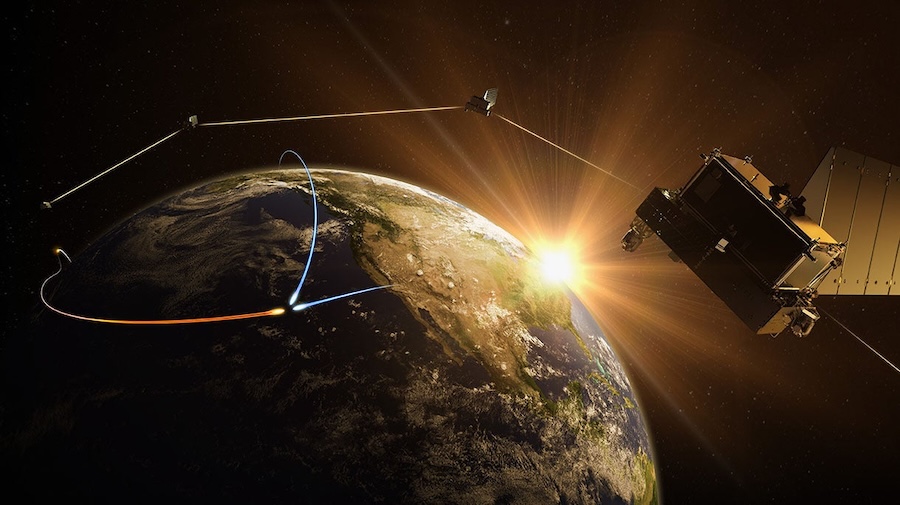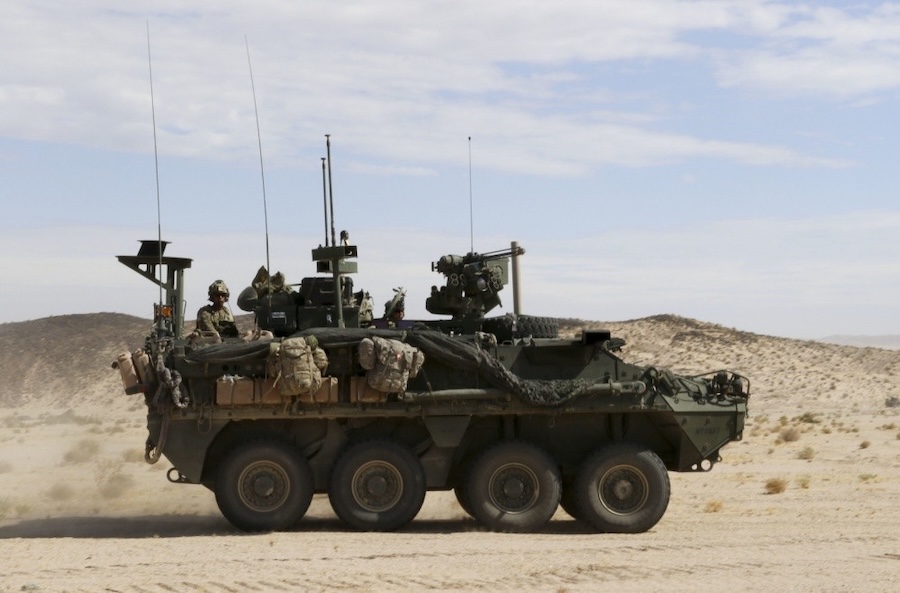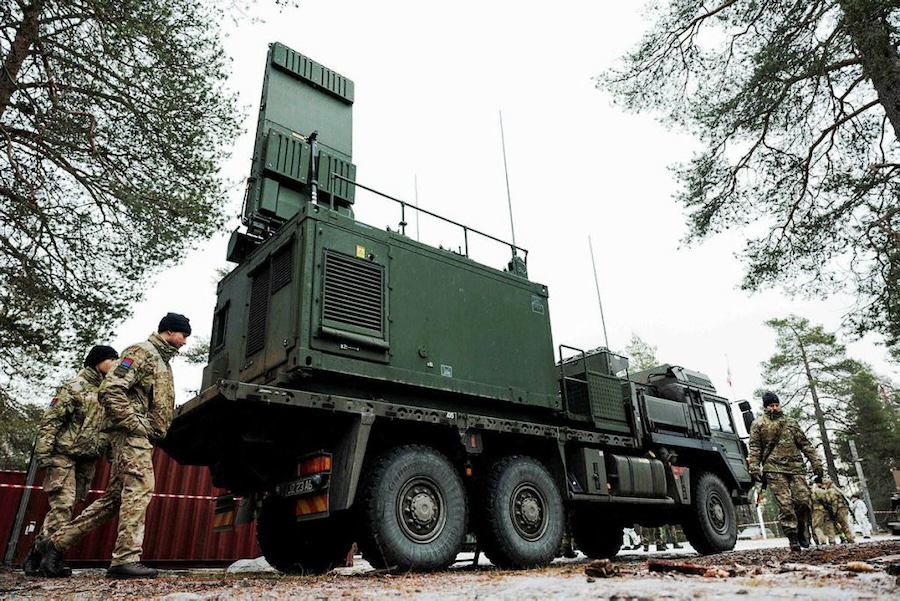Her Royal Highness serves as the ship’s sponsor, an honorary role symbolising good fortune and spiritual protection, and one which fosters a lasting connection with the vessel and its crew. The event was attended by His Royal Highness The Prince of Wales, shipbuilders, members of the ship’s company and their families.
In keeping with Scottish tradition, a bottle of whisky was ceremonially broken against the ship’s bow, replacing the usual champagne. The moment marked a major milestone in the Type 26 programme and highlighted the contribution of thousands of workers involved in the project.
Simon Lister, Managing Director of BAE Systems’ Naval Ships business, said: “The naming of HMS Glasgow is a significant step towards this cutting-edge vessel joining the Royal Navy fleet and demonstrates our solid progress in delivering these powerful new ships. We are proud that they will play a vital role in protecting the UK.”
Vice Admiral Sir Martin Connell, Second Sea Lord, acknowledged the long naval history associated with the name Glasgow, stating: “From the first ever HMS Glasgow, sailing under the Royal Navy flag at the end of the 17th century, to the ship we see here in the 21st century, HMS Glasgow has evolved and adapted to meet the warfighting and operational demands of its day. The result of this being 11 battle honours – HMS Glasgow’s pedigree is awe inspiring.”
He added: “This ship and her class represent the next chapter of naval innovation, setting the standard for naval warfare, safeguarding the UK’s interests and contributing to national prosperity.” When complete, the 6,900-tonne, 149-metre Type 26 frigates will become a cornerstone of the Royal Navy’s surface fleet, capable of handling a broad range of missions.
Construction on the remaining ships is progressing steadily. HMS Cardiff is undergoing outfitting at Scotstoun, while HMS Belfast, HMS Birmingham, and HMS Sheffield are advancing at the Govan facility, and steel cutting for HMS Newcastle is due later this year.
All eight frigates are scheduled to enter service between 2028 and 2035.
Source: BAE Systems (press release).



